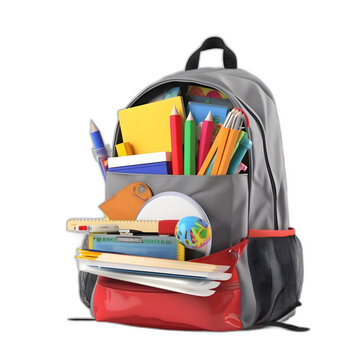Essential Features Every School Bag Should Have
When evaluating school bags, certain features distinguish exceptional products from ordinary ones. Padded shoulder straps with adjustable lengths ensure comfortable weight distribution across the shoulders and back, reducing strain during long commutes or extended wear periods. Multiple compartments with secure closures help students organize their materials efficiently while protecting sensitive items like laptops, tablets, and important documents.
Durability factors include reinforced stress points, quality zippers that operate smoothly under frequent use, and materials that resist fading, tearing, and water damage. Reflective elements enhance safety during early morning or evening travel, while ergonomic back panels with breathable mesh promote air circulation and reduce moisture buildup during active use.
Size considerations should account for the student's age, physical development, and typical load requirements. A properly sized bag should not extend beyond the natural curve of the back or hang lower than the waist, ensuring optimal weight distribution and preventing postural problems that can affect long-term health and comfort.




